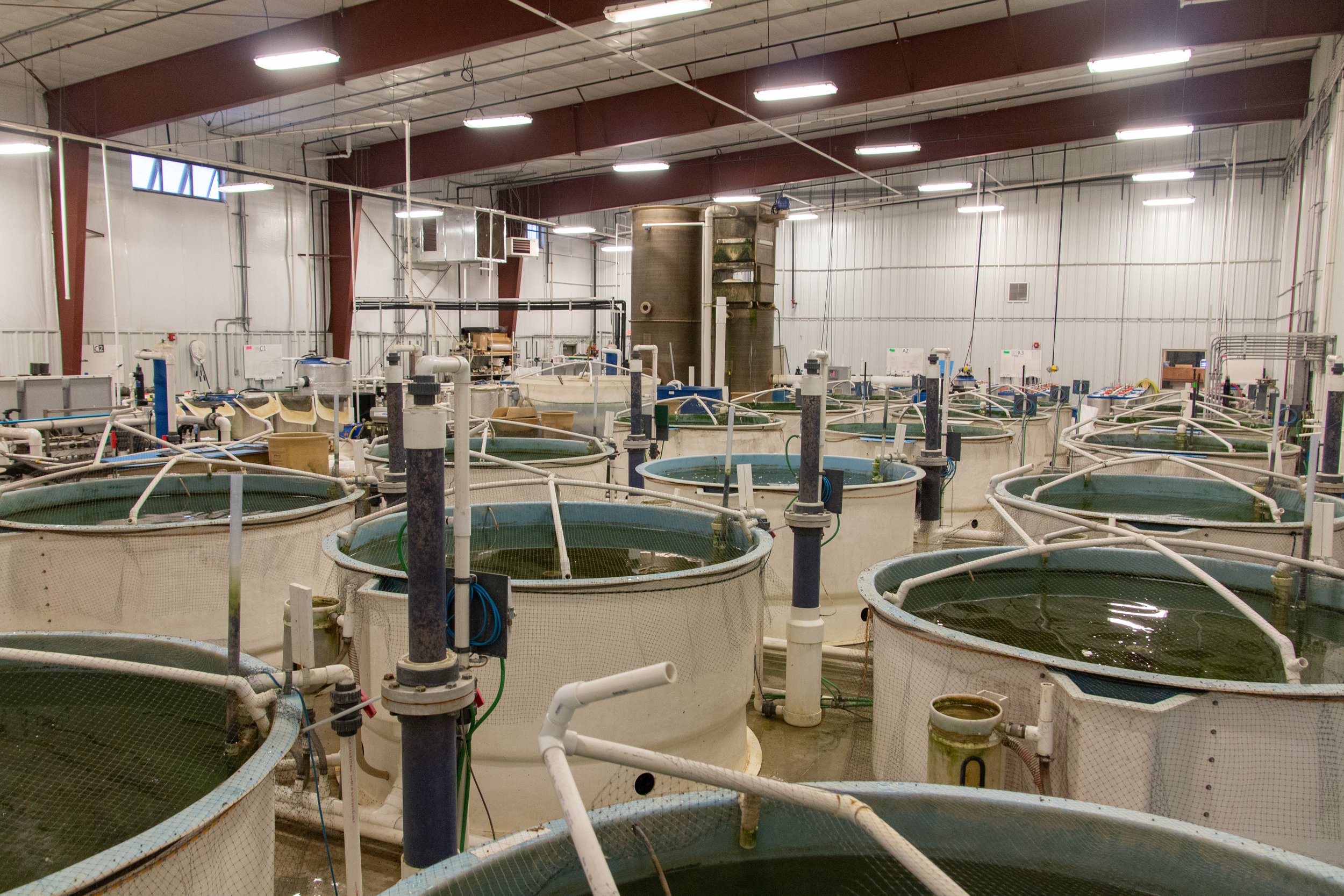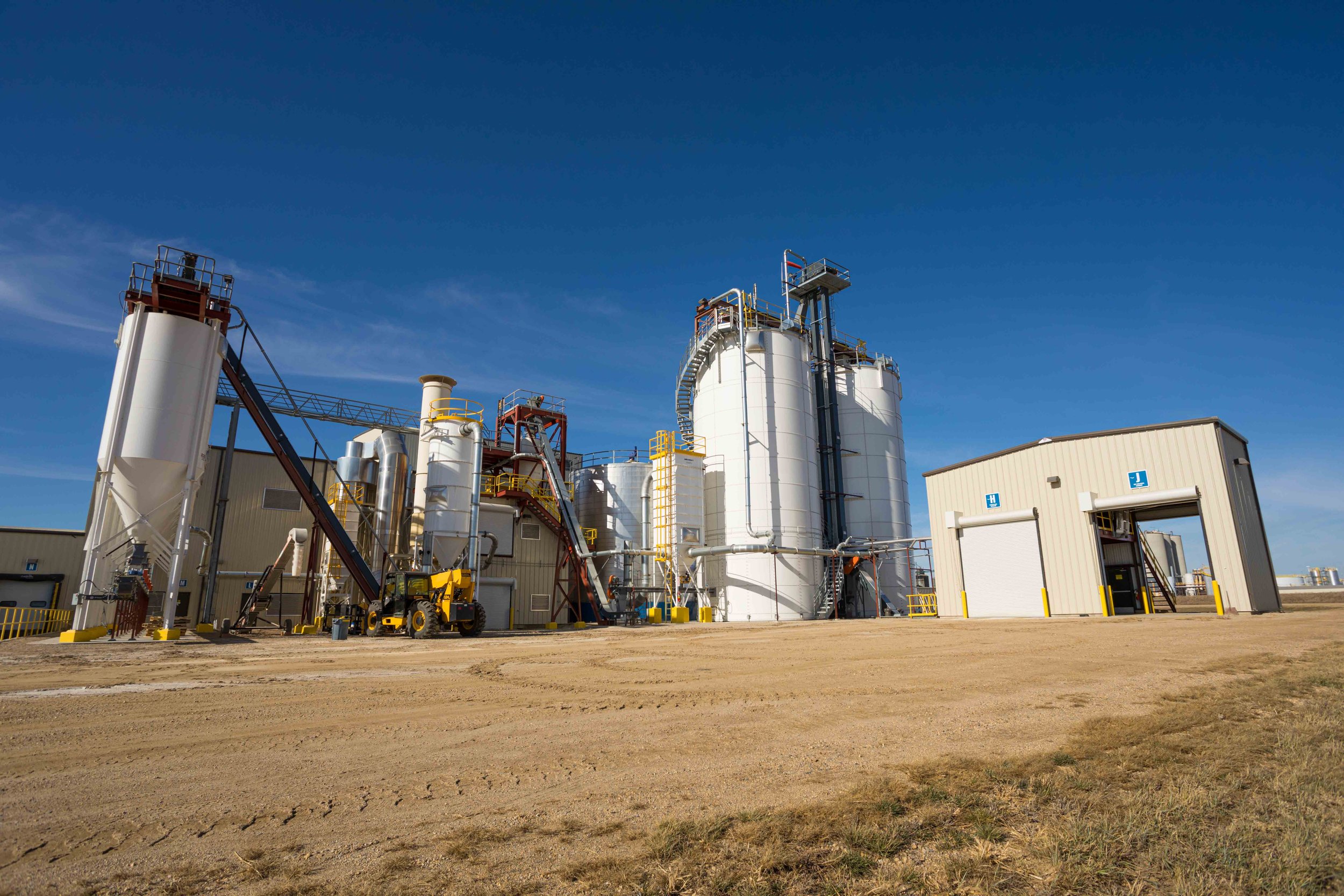Soybeans in Aquafeed: Prairie AquaTech and SD Soybeans
Soybeans in aquafeed are just another way that South Dakota soybeans are being used to create another sustainable product. Prairie AquaTech, a company based in Brookings, SD, is utilizing South Dakota soybeans to create a new protein ingredient, ME-PRO®, for use in aquafeed.
How is ME-PRO® Soybean Meal made?
Making ME-PRO® starts with South Dakota soybean farmers. Soybean processors purchase soybeans from South Dakota soybean farmers and then produce soybean oil and soybean meal at their facilities. Prairie AquaTech then purchases this soybean meal, Mark Luecke, CEO of Prairie AquaTech, said.
“The facility in Volga uses a chemical solvent to extract the oil. In Miller, they press the oil out as opposed to using the chemical solvent to extract it. The processor sells the soybean oil and soybean meal that has been defatted or had the oil removed.” Mark explained.
The soybean meal is then put through Prairie AquaTech’s process of “microbial enhancement”. This process ferments the soybean meal to increase its protein content and nutrient digestibility for markets that are harder to reach for traditional soy products, like aquaculture feed, pet food, or young terrestrial animal diets like weaned pigs, Mark said.
Photo courtesy of Prairie AquaTech
After that, the protein ingredient goes into extruded feeds, in pellet form, and is sent to feed mills all over the world. ME-PRO® is sold to over a dozen countries now like Norway, Germany, Saudi Arabia, Mexico, Panama, Peru, Indonesia, Vietnam and more.
How are South Dakota soybean farmers involved with soybeans in aquafeed?
“Everything that we do starts with the South Dakota farmer,” Mark said. “South Dakota farmers are in a very unique position because they grow high-quality soybeans.”
Working with South Dakota farmers allows Prairie AquaTech to have full traceability of the soy product. They’ve started a Certified Growers Network in partnership with S.D. Soybean Processors where they work directly with soybean farmers to produce the soybeans that are sold. They collaborate on items like specific soybean varieties to plant and agronomic practices to use.
Photo courtesy of Prairie AquaTech
“What we’re trying to do is build a story from the field all the way to the fork. Many consumers today are very interested in that story,” Mark said. “They want to make sure that their ingredients come from a good, sustainable, traceable place.”
What is the sustainability impact?
Since this protein is created with sustainably-grown South Dakota soybeans, it’s making a positive environmental impact in the aquaculture feed world.
“South Dakota soybeans are different than soybeans grown in other parts in the world where you have to worry about where the soybeans are being grown. Did they cut down rainforest to create the field where the soybeans are grown? This is a big discussion topic in global aquaculture feed right now.” Mark said.
However, rainforests aren’t being cut down in South Dakota. South Dakota farmers have been farming these fields, for decades, even close to a century, using sustainable practices, Mark said.
By adding nutrients back into the soil and using no-till practices that prevent erosion, “They’re actually taking such great care of the soil that we’re leaving the land better than it was when they started,” Mark said.
Photo courtesy of Prairie AquaTech
Prairie AquaTech does its part in sustainability as well. They pay careful attention to the carbon footprint of their production facility, taking good care of their process and product, and use all generally regarded as safe materials in their handling of soybean meal as it goes through their process, Mark said.
Another benefit to ME-PRO® is its digestibility. In other feeds, there can be undigested nutrients, usually nitrogen and phosphorus. Too much of these undigested nutrients excreted into the water by fish or shrimp can cause eutrophication or algae blooms, Mark said.
“We’ve made sure that nearly all of the nitrogen and phosphorus that are part of our product is digestible, so the fish and shrimp are actually using it and not just excreting it into the water,” Mark explained.
This helps to clean up our oceans and aquatic environments where fish and shrimp are grown, which has a much more positive impact on aquatic environments.
“We’re very proud to say we start with South Dakota soybeans, and we give our customers something that fish and shrimp will use 100% of it,” Mark said.
Curious about how else South Dakota soybeans are being used to create a more sustainable world? Read more about the top five most interesting uses of soy today!




